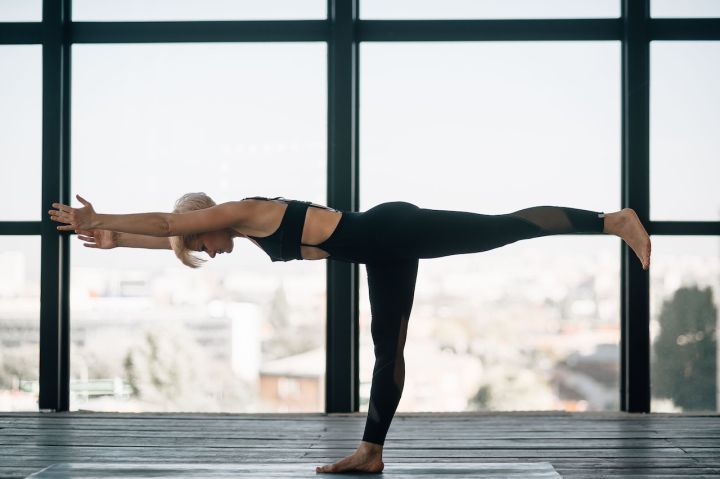Have You Gone Over a Few Of The Big Hills In The Ashtanga Primary Sequence?
Ashtanga vinyasa is a carefully designed sequence of poses that build in intensity. There are several key poses in the ashtanga beginner sequence that will help you move on to the next pose and eventually to the intermediate series.

Ashtanga vinyasa is divided into the following series.
Worship postures
Standing postures
Seated series
Ending series

Two of the key poses to be described below are from the standing pose and finishing sequence, while the other two are from the beginner's series. The key poses from the ashtanga primary series are the hand pulling toe stretch, marichu d, sleeping turtle and wheel pose.

The beginner's series is called yoga chikitsa, which translates from sanskrit as 'yoga therapy'. It is a sequence that helps the body to eliminate physical ailments. Many of the ailments of modern life have their roots in diet. Therefore, most of the poses in the primary series are folded forward to compress the digestive organs and stretch the back of the spine.

In addition, the primary series emphasises the spine, with alignment of the thoracic spine. This is in contrast to the intermediate series where more emphasis is placed on the secondary curves of the cervical and lumbar spine. It only makes sense to emphasise the correct alignment of the primary curves first.
Standing hand grasp toe stretch utthita hasta padangustasana

The standing pose is performed after the bhajana to stretch the legs. Standing hand and toe stretch is a challenging balancing pose. The pose requires 15 breaths and does not include any transitions.

This is a key pose and, above all, one must be able to maintain balance over a long period of time. This demonstrates not only the strength of the body but also the strength of the mind. When the leg is fully extended, it increases the flexibility of the hamstrings.
It is also important to hold and use bandhas, drishti and ujjayi breathing in this sequence, otherwise all the benefits will be lost.
Maric d

Marichyasana d is somewhat complex and is the culmination of a series of binding and twisting poses. The main series of seated poses focus on the spine. Marichyasana d is a very deep twist with one leg in half lotus pose and the other leg internally rotated in a half squat position. Twist and then wrap the arms around the legs.

This pose is very complex and is best practised slowly under the guidance of an experienced teacher. Those with knee injuries will need to be careful or make modifications. It is important to master this pose if you want to move on to the second series. Because the second series starts with a lasso pose, it is a squatting pose that twists and binds around the legs.

Prepare yourself for the more difficult lasso pose by placing one leg in half lotus. As you move into the second series, there is more room for twisting. Twisting is an important part of ashtanga yoga and twisting to the right is said to stimulate the colon. The feet are in the half lotus position and they are positioned to stimulate the liver and spleen respectively for an extra cleansing effect.
Sleeping turtle pose supta kurmasana

For some people, this pose may take many years to master. Sleeping turtle pose is performed by folding forward with the legs overhead and the hands tied behind the back. This is the pinnacle of the beginner's series.

This pose is important because it is the basis for most foot wraps around the head. In the second series, there are three such poses and they gradually become more challenging. Being able to move into supta kurmasana with or without the help of a teacher is an indication that the hips and spine are ready for the intermediate series.
Wheel pose

Finally, we move into backbends to complete the ashtanga sequence. Whatever sequence you practice, the final backbend is essential. Although the majority of the main series is a forward fold, the final pose is the bridge pose which prepares the body for the backbend and freshens up the movements in the second series.

The backbend is unique in that it is simultaneously an extension of the spine and an inversion. It activates the main curve in the opposite direction and therefore helps to balance all the forward bends. It is important to master the wheel pose and to start with, we will practice the wheel pose on the floor. Eventually, the wheel will be taken from standing down and then backwards. This will give an idea of whether one is ready for the more advanced backbends in the second series.

Each pose in the ashtanga sequence needs to be mastered before moving on to the next one. This will make the next pose easier.
